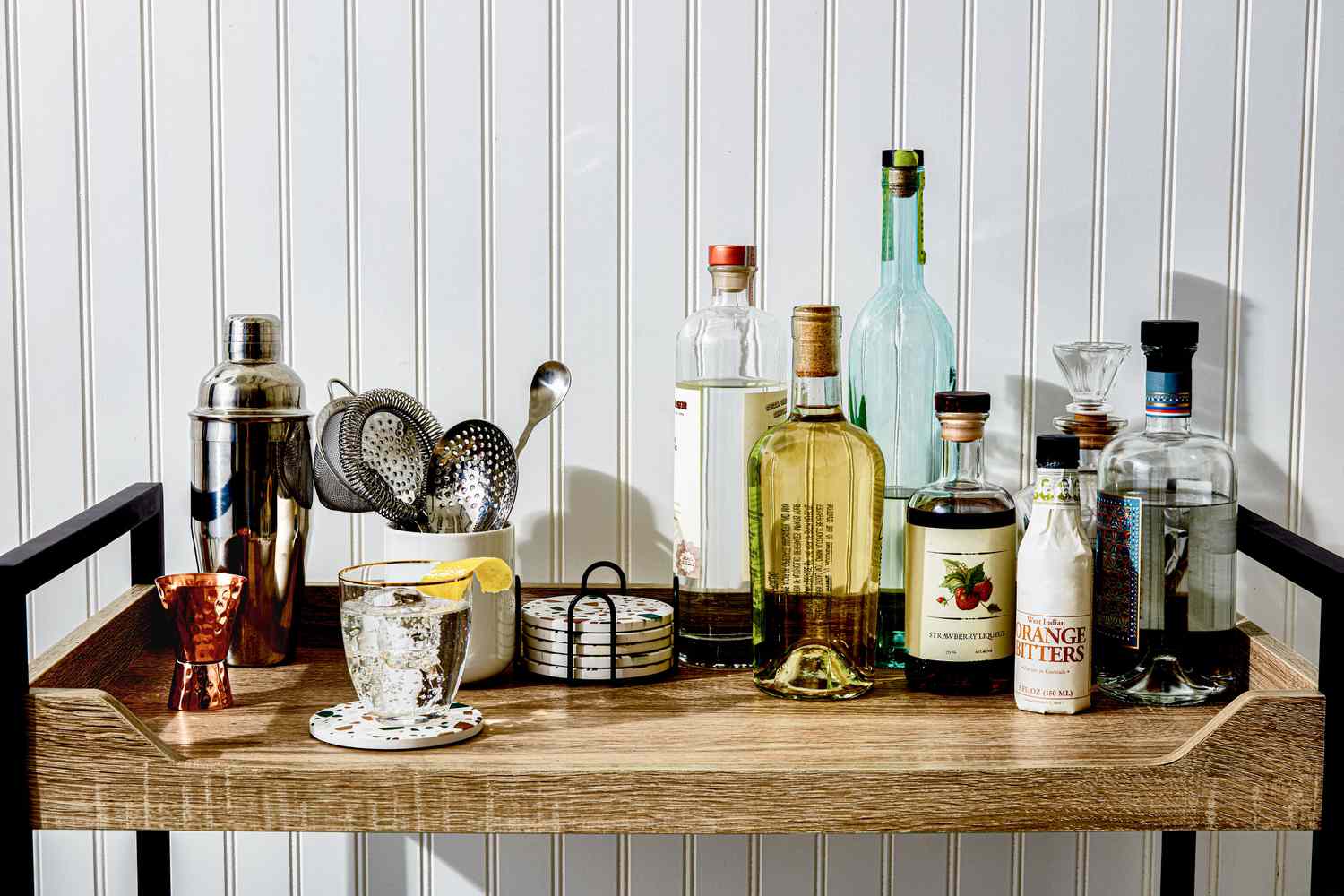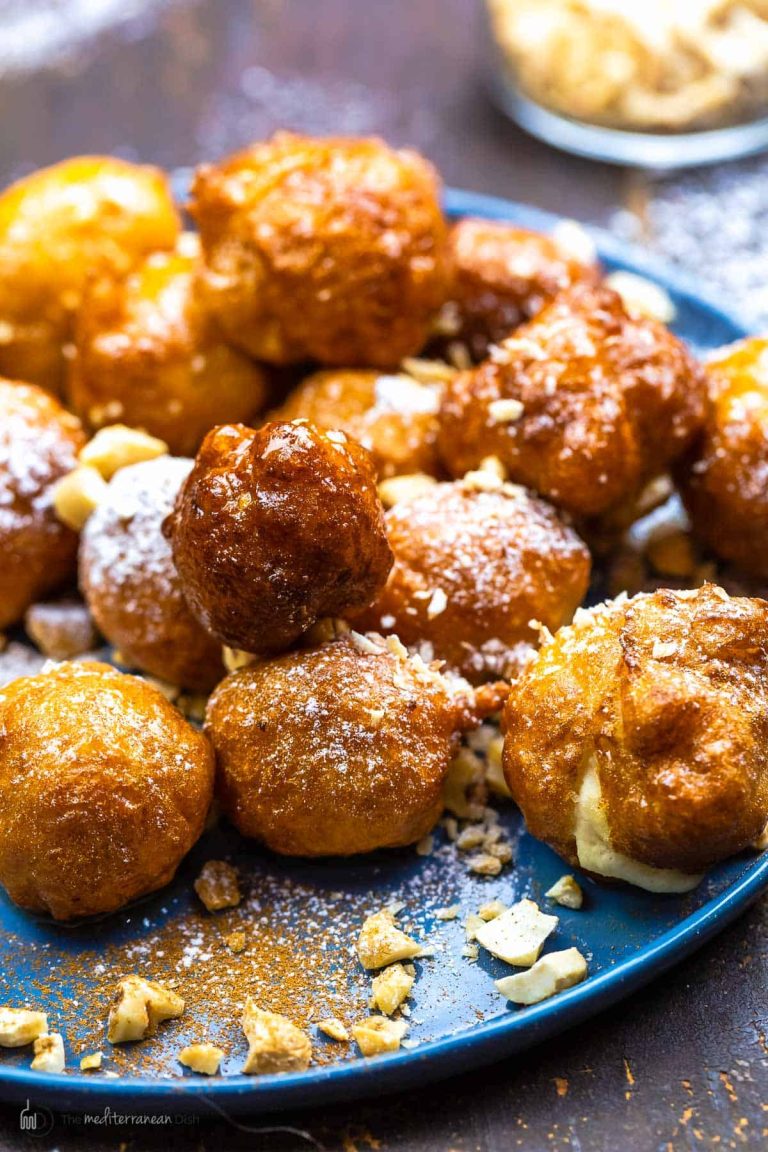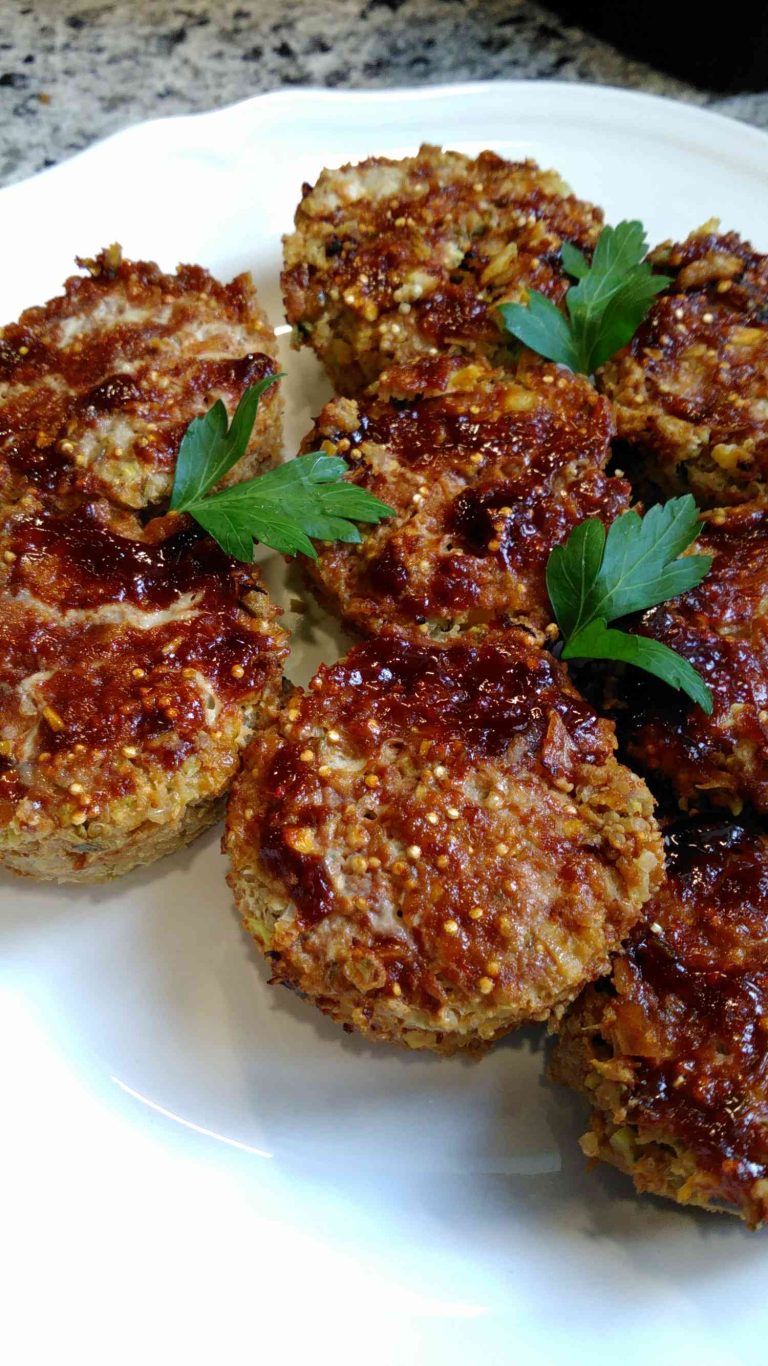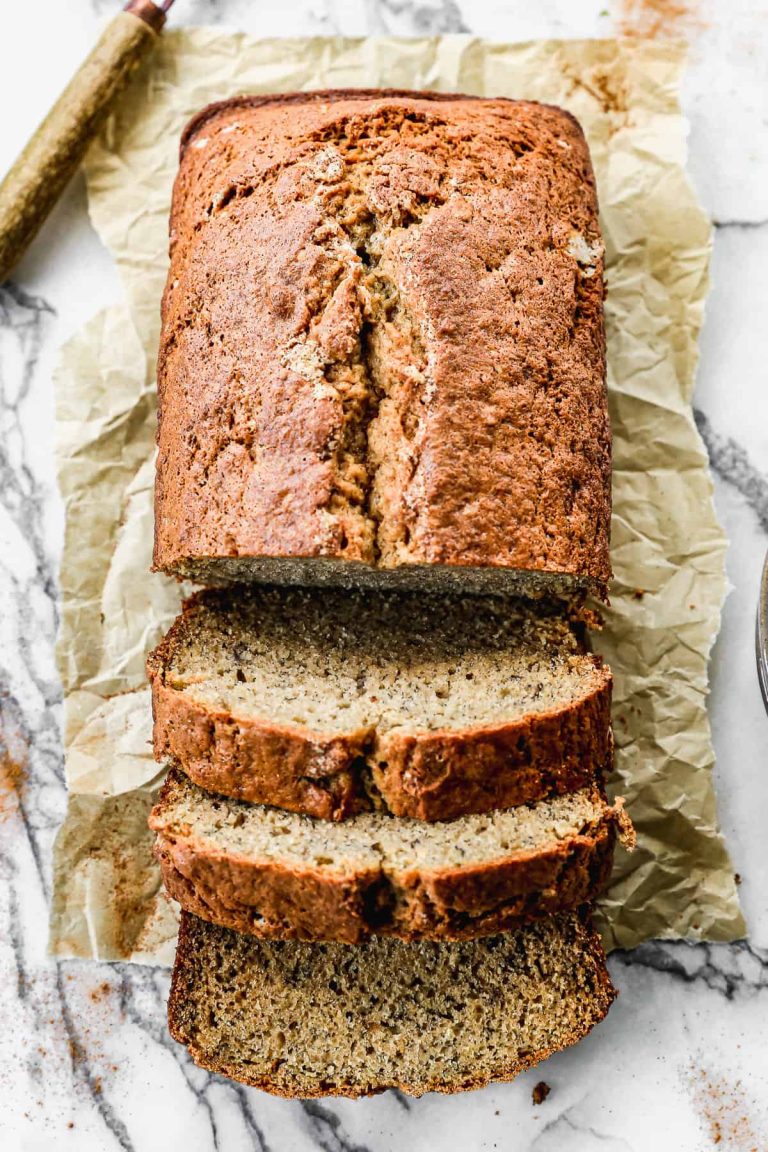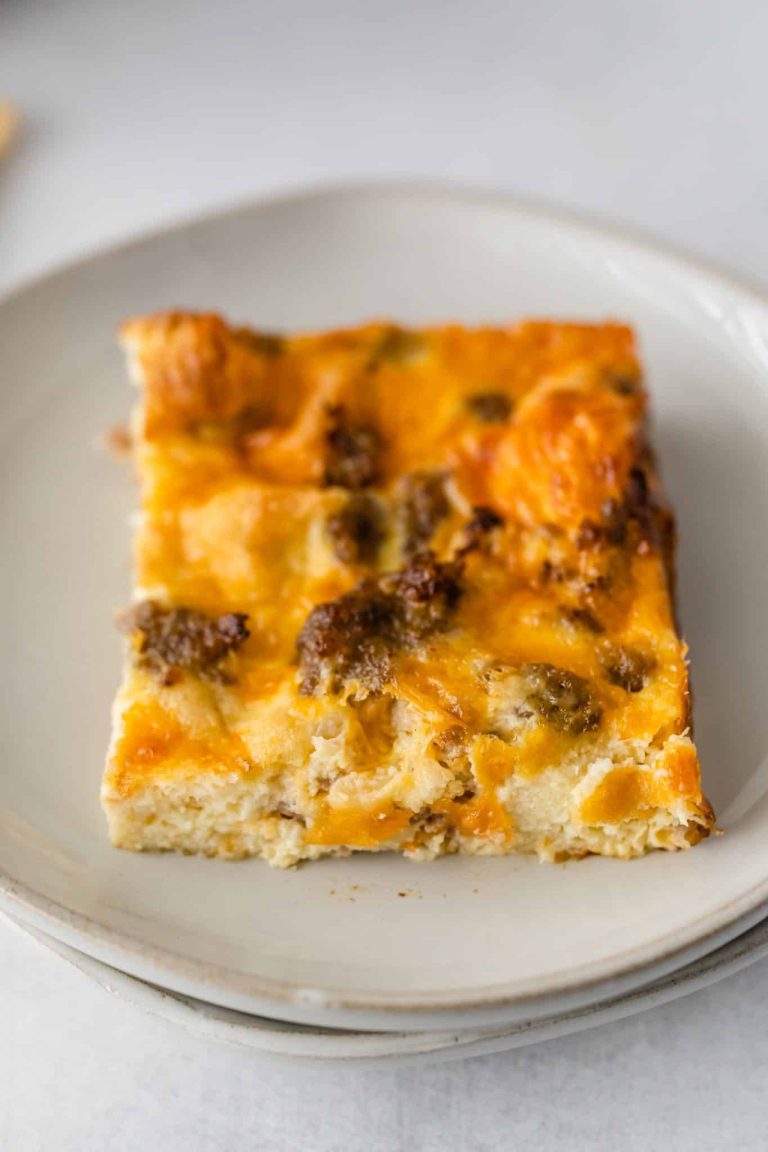Coffee Liqueur: A Guide to Cocktails, Brands, and Tasting Tips
Coffee liqueur, combining the deep, rich flavors of coffee with the sweetness of sugar and the warmth of alcohol, serves as a versatile beverage. Popular brands such as Kahlúa and Tia Maria dominate the market, offering distinct profiles that enhance both cocktails and culinary dishes. This type of liqueur usually contains around 20% alcohol by volume (ABV), providing a balanced taste experience. Coffee liqueur’s popularity stems from its ability to complement desserts and mixed drinks, making it a staple in many households and bars.
How It Is Made
Producing coffee liqueur involves three primary steps: brewing, blending, and aging. First, high-quality coffee beans are roasted and brewed to create a strong coffee base. Then, this brewed coffee is blended with a mixture of alcohol, usually vodka or rum, and sweeteners such as sugar or vanilla syrup. Finally, the mixture is aged for some time, often several weeks, allowing the flavors to meld together. Some producers add proprietary ingredients and secret spices during the aging process to create unique flavor profiles. The result is a rich and aromatic liqueur cherished by drink enthusiasts.
History of Coffee Liqueur
Origin and Cultural Significance
Coffee liqueur dates back to the 16th century when explorers brought cocoa and coffee beans to Europe from the New World. Originating from these regions, coffee liqueur attempts to capture the rich flavors of coffee in an alcoholic form. Known for its intense, sweet, and aromatic notes, coffee liqueur found its place in various cultural practices. In Mexico, Kahlúa became a staple and soon gained international recognition. Coffee liqueur often symbolizes hospitality and communal experiences, regularly appearing in celebratory events and social gatherings.
Evolution Over Time
The evolution of coffee liqueur reflects advancements in distillation and brewing techniques. In the early 20th century, significant names like Kahlúa (created in 1936) and Tia Maria (created in the 1940s) emerged, each offering unique flavors and methods. Production initially involved simple mixtures of coffee, sugar, and alcohol, but modern methods introduce flavor complexity through aging and spice blending. Over the decades, coffee liqueur adapted to culinary and cocktail trends, finding innovative uses and gaining prominence in various recipes and drinks, like the famous Espresso Martini.
Popular Brands of Coffee Liqueur
Kahlúa
Kahlúa, a renowned coffee liqueur, originated in Mexico. It stands out for its rich, vibrant coffee flavor and hints of vanilla and caramel. With a standard 20% ABV, this brand excels in cocktails like the White Russian and Espresso Martini. Since its creation in 1936, Kahlúa has been a staple in both home bars and professional settings.
Tia Maria
Tia Maria delivers a smooth blend of Jamaican coffee beans, rum, and vanilla. This coffee liqueur, introduced in the 1940s, offers a slightly sweeter profile compared to Kahlúa. Its versatility shines in both hot and cold beverages, as well as in culinary recipes. Many appreciate its distinct flavor in drinks like the Black Russian and the classic Tia Maria Coffee.
Others Worth Trying
While Kahlúa and Tia Maria dominate the market, several other coffee liqueurs deserve attention:
- Patrón XO Cafe: This coffee liqueur combines tequila with rich coffee essence, offering a unique twist with lower sweetness.
- Mr Black: An Australian coffee liqueur known for its intense coffee flavor and lack of artificial additives.
- Sheridan’s: This dual-chambered liqueur includes both coffee and cream, designed to be poured simultaneously for a beautiful layered effect.
These brands provide varied tastes and styles, catering to different preferences in the world of coffee liqueur.
Coffee Liqueur in Mixology
Classic Cocktails Featuring Coffee Liqueur
Coffee liqueur elevates many classic cocktails with its rich, robust flavor. The Black Russian combines 2 oz of vodka and 1 oz of coffee liqueur, served over ice. This simple yet potent drink dates back to the late 1940s. Another timeless option is the White Russian, which adds a creamy twist to the Black Russian. Mix 2 oz of vodka, 1 oz of coffee liqueur, and top with heavy cream or milk, stirred gently for a smooth finish.
The Espresso Martini is perfect for coffee lovers seeking a sophisticated flair. Blend 1 oz of vodka, 0.5 oz of coffee liqueur, a shot of freshly brewed espresso, and 0.25 oz of simple syrup, shaken with ice and strained into a martini glass. Garnish with three coffee beans for a stylish touch. For a retro experience, try the Mudslide, which mixes 1 oz of vodka, 1 oz of coffee liqueur, and 1 oz of Irish cream liqueur over ice.
Innovative Recipes to Try at Home
Experimenting with coffee liqueur at home can result in delightful, unique drinks. The Café Amore is a warming cocktail, combining 1 oz of coffee liqueur, 1 oz of brandy, and hot coffee, topped with whipped cream and grated chocolate. For a tropical twist, the Jamaican Me Crazy blends 1 oz of coffee liqueur, 1 oz of dark rum, and 1 oz of pineapple juice shaken with ice and strained into a chilled glass.
A great dessert-inspired option is the Coffee Liqueur Milkshake. Blend 2 oz of coffee liqueur, 2 scoops of vanilla ice cream, and 0.5 oz of chocolate syrup. Serve in a tall glass, garnished with a chocolate drizzle and whipped cream. For a refreshing summer drink, prepare the Iced Coffee Cocktail, combining 1 oz of coffee liqueur, 1 oz of cold brew coffee, 0.5 oz of simple syrup, and a dash of club soda over ice.
- The Ultimate Bar Book: The Comprehensive Guide to Over 1,000 Cocktails” by Mittie Hellmich
- “Difford’s Guide – Cocktail Recipes, Ingredients, and Bartender Tips”
- “The Craft of the Cocktail: Everything You Need to Know to Be a Master Bartender” by Dale Degroff
How to Choose the Right Coffee Liqueur
Factors to Consider
Quality ingredients contribute significantly to the flavor of coffee liqueur. Look for brands that use premium coffee beans, natural sugars, and high-quality spirits. Brands with transparent ingredient lists often offer better-quality products.
Alcohol content affects both the taste and the versatility of the liqueur. Most coffee liqueurs range from 20% to 30% ABV (alcohol by volume), balancing sweetness and strength. Consider higher or lower ABV depending on whether you want a strong kick or a milder flavor.
Sweetness level varies among different brands. If you prefer less sweetness, opt for coffee liqueurs that mention lower sugar content. Some brands offer sugar-free options, catering to those who want a pure coffee experience without the added sweetness.
Price can indicate quality, though not always. While well-known brands like Kahlúa and Tia Maria have established their reputation, exploring lesser-known, artisanal brands can be rewarding. These brands often provide unique flavor profiles at various price points.
Tips for Tasting and Buying
Start by sampling different brands before committing to a purchase. Many liquor stores offer small-sized bottles or tastings, allowing you to explore various options without a full-sized investment.
Use your sense of smell to assess the aroma of the coffee liqueur. A good liqueur should have a balanced, rich coffee aroma without overpowering alcohol notes. Subtle hints of chocolate, caramel, or vanilla may also be present depending on the brand.
Taste small sips to evaluate the flavor. Notice the balance between coffee, sweetness, and any additional flavors the brand may promise. A quality coffee liqueur will have a smooth consistency, with distinct layers of flavor complementing each other.
Experiment with mixology to find a coffee liqueur that pairs well with your favorite cocktails. Try it in classic recipes like the Black Russian, Espresso Martini, or emerging favorites like the Iced Coffee Cocktail. The liqueur should enhance the drink rather than overpower it.
Consult reviews and expert opinions from reputable sources. Websites like Difford’s Guide and popular cocktail books can offer valuable insights into the best brands and their characteristics, guiding you in making an informed choice.
Conclusion
Exploring coffee liqueur opens up a world of rich flavors and creative possibilities. Whether you’re crafting classic cocktails or experimenting with new recipes, the right coffee liqueur can elevate your mixology game. Remember to consider quality ingredients, alcohol content, and sweetness levels when choosing your liqueur. Don’t hesitate to experiment and trust your palate as you discover your favorites. Dive deeper into the world of coffee liqueurs with resources like Difford’s Guide and cocktail books to enhance your knowledge and skills. Enjoy the journey and the delicious results that come with it.
